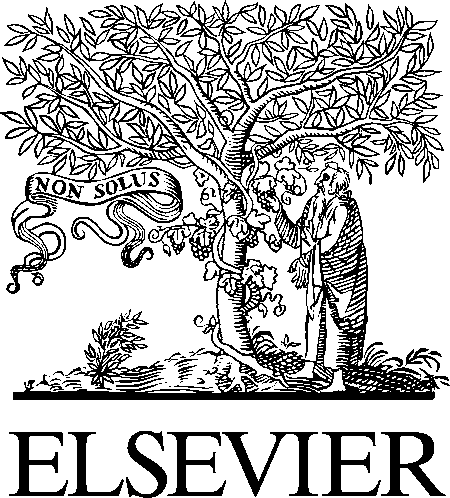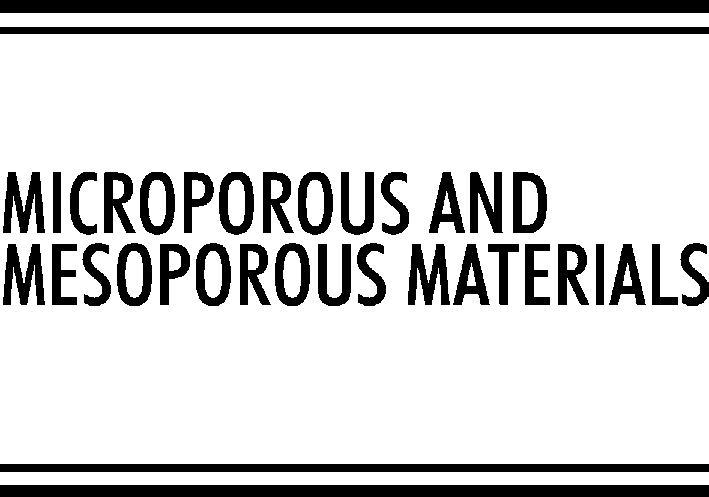img.scoop.co.nz
Cite this article as: BMJ, doi:10.1136/bmj.38891.681215.AE (published 21 July 2006) Are antibiotics effective for acute purulent rhinitis? Systematic review and meta-analysis of placebo controlled randomised trials B Arroll, T Kenealy Abstract Concern exists about overuse of antibiotics leading to bacte-rial resistance.9 Most antibiotics are used in primary care, so this Objective To

 Microporous and Mesoporous Materials 79 (2005) 165–169
‘‘Rudjer Boskovic’’ Institute, Division of Molecular Medicine, Bijenicka 54, HR-10002 Zagreb, Croatia
Received 14 August 2004;received in revised form 11 October 2004;accepted 26 October 2004
The aim of this study was to evaluate the antiviral properties of clinoptilolite, a natural non-toxic zeolite. Herein, a fine powder of
micronized zeolite (MZ) was obtained by tribomechanical micronization of natural clinoptilolite. Different viral suspensions weretreated with MZ in concentrations ranging from 0.5 to 50 mg/ml. The viral proliferation was evaluated by optical microscope aspercentage of cytopathic effect (CPE). Human adenovirus 5, herpes simplex virus type 1 (HSV 1) and human enteroviruses (coxsac-kievirus B5 and echovirus 7) were used in the antiviral assay. Concentrations of 0.5 and 5 mg/ml of MZ induced a very low antiviraleffect or the antiviral was not observed at all, while concentrations of 12, 25 and 50 mg/ml of MZ induced a significant inhibitoryeffect upon viral proliferation. MZ inhibited the viral proliferation of HSV 1, coxsackievirus B5 and echovirus 7 more efficiently thanadenovirus 5. The antiviral effect of MZ seems to be non-specific and is more likely based on the incorporation of viral particles intopores of MZ aggregates than ion exchange properties of clinoptilolite. Our preliminary results indicate a possibility of therapeuticalapplication of MZ, either locally (skin) against herpesvirus infections or orally in cases of adenovirus or enterovirus infections.
Microporous and Mesoporous Materials 79 (2005) 165–169
‘‘Rudjer Boskovic’’ Institute, Division of Molecular Medicine, Bijenicka 54, HR-10002 Zagreb, Croatia
Received 14 August 2004;received in revised form 11 October 2004;accepted 26 October 2004
The aim of this study was to evaluate the antiviral properties of clinoptilolite, a natural non-toxic zeolite. Herein, a fine powder of
micronized zeolite (MZ) was obtained by tribomechanical micronization of natural clinoptilolite. Different viral suspensions weretreated with MZ in concentrations ranging from 0.5 to 50 mg/ml. The viral proliferation was evaluated by optical microscope aspercentage of cytopathic effect (CPE). Human adenovirus 5, herpes simplex virus type 1 (HSV 1) and human enteroviruses (coxsac-kievirus B5 and echovirus 7) were used in the antiviral assay. Concentrations of 0.5 and 5 mg/ml of MZ induced a very low antiviraleffect or the antiviral was not observed at all, while concentrations of 12, 25 and 50 mg/ml of MZ induced a significant inhibitoryeffect upon viral proliferation. MZ inhibited the viral proliferation of HSV 1, coxsackievirus B5 and echovirus 7 more efficiently thanadenovirus 5. The antiviral effect of MZ seems to be non-specific and is more likely based on the incorporation of viral particles intopores of MZ aggregates than ion exchange properties of clinoptilolite. Our preliminary results indicate a possibility of therapeuticalapplication of MZ, either locally (skin) against herpesvirus infections or orally in cases of adenovirus or enterovirus infections.